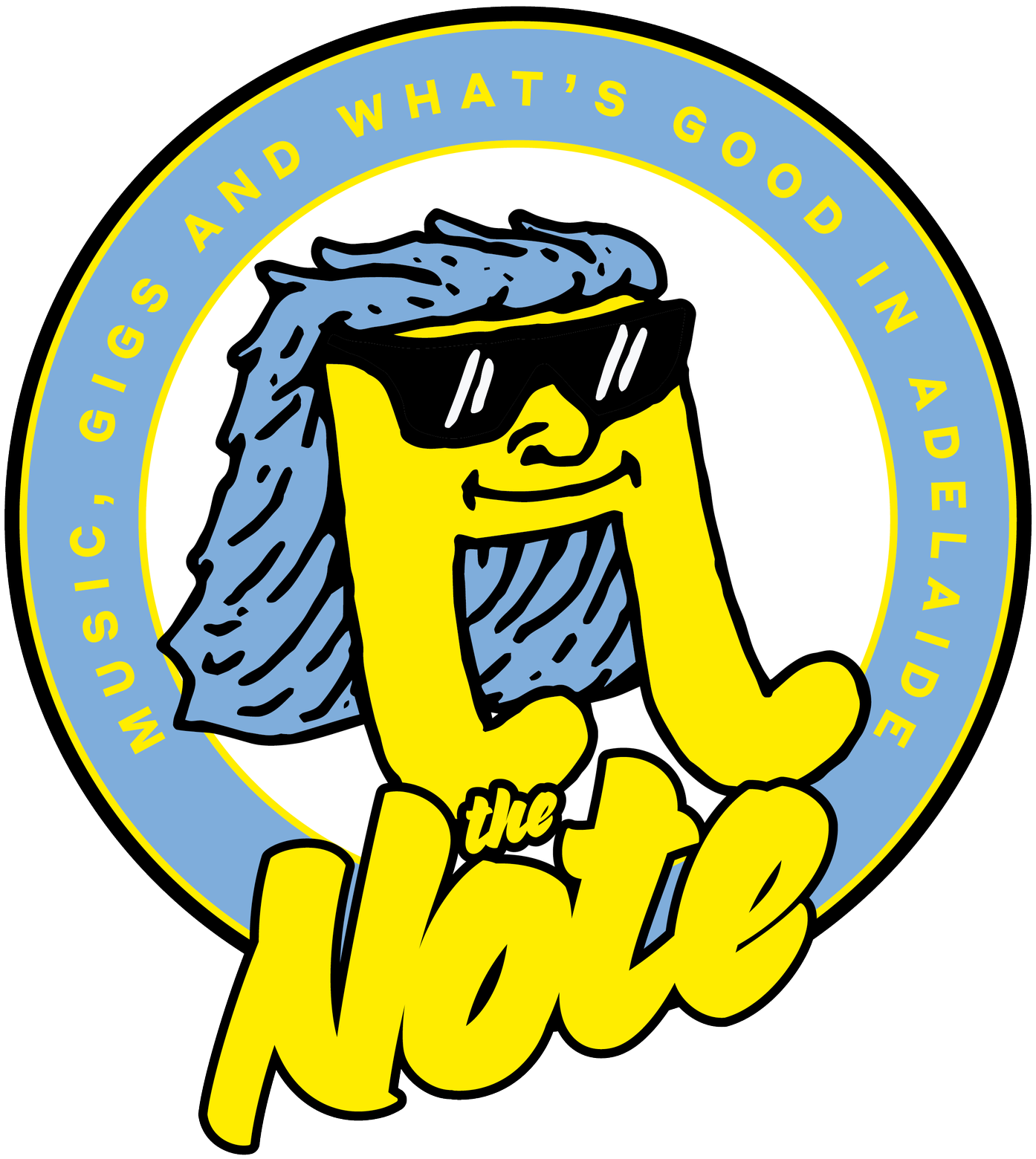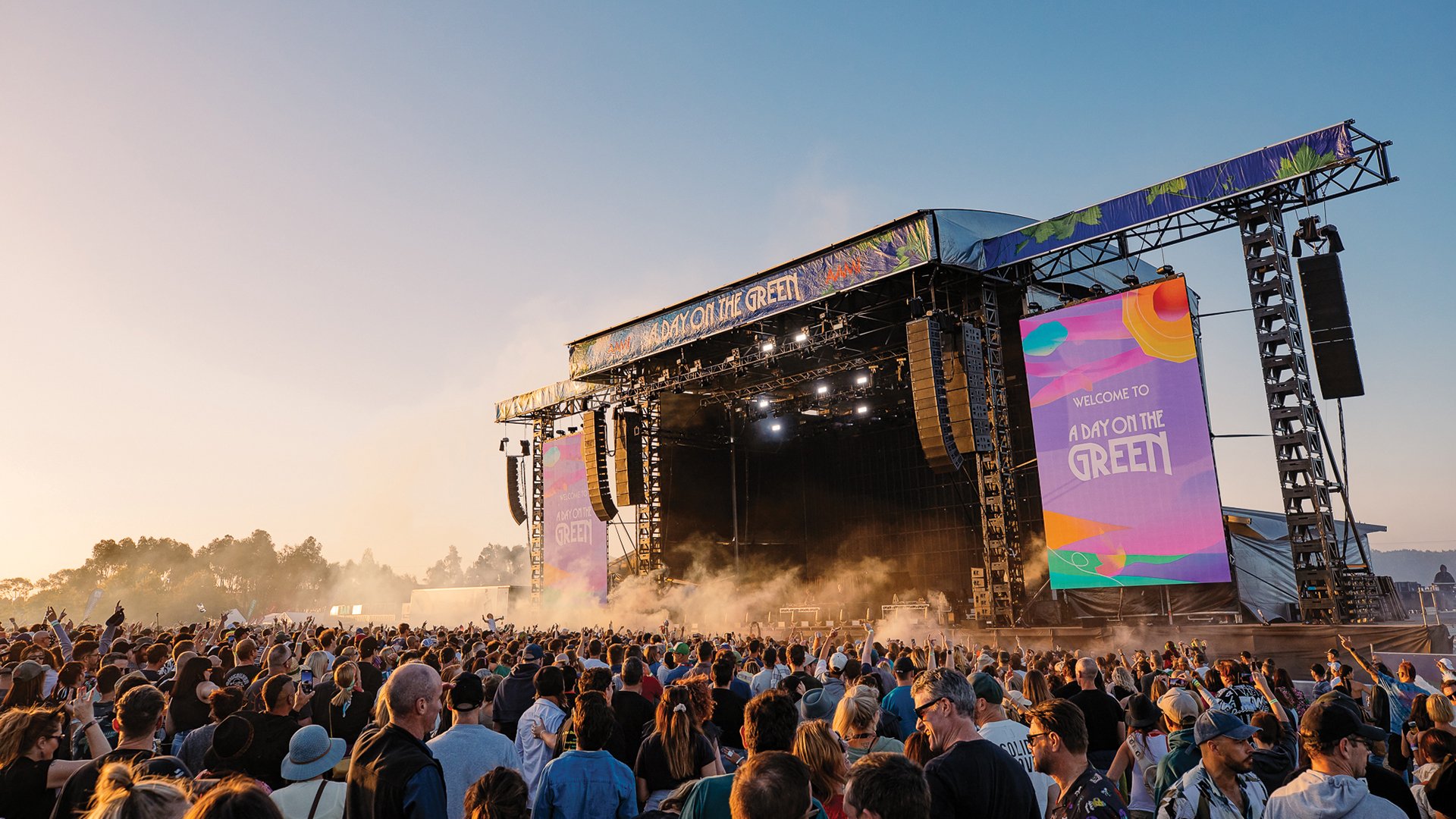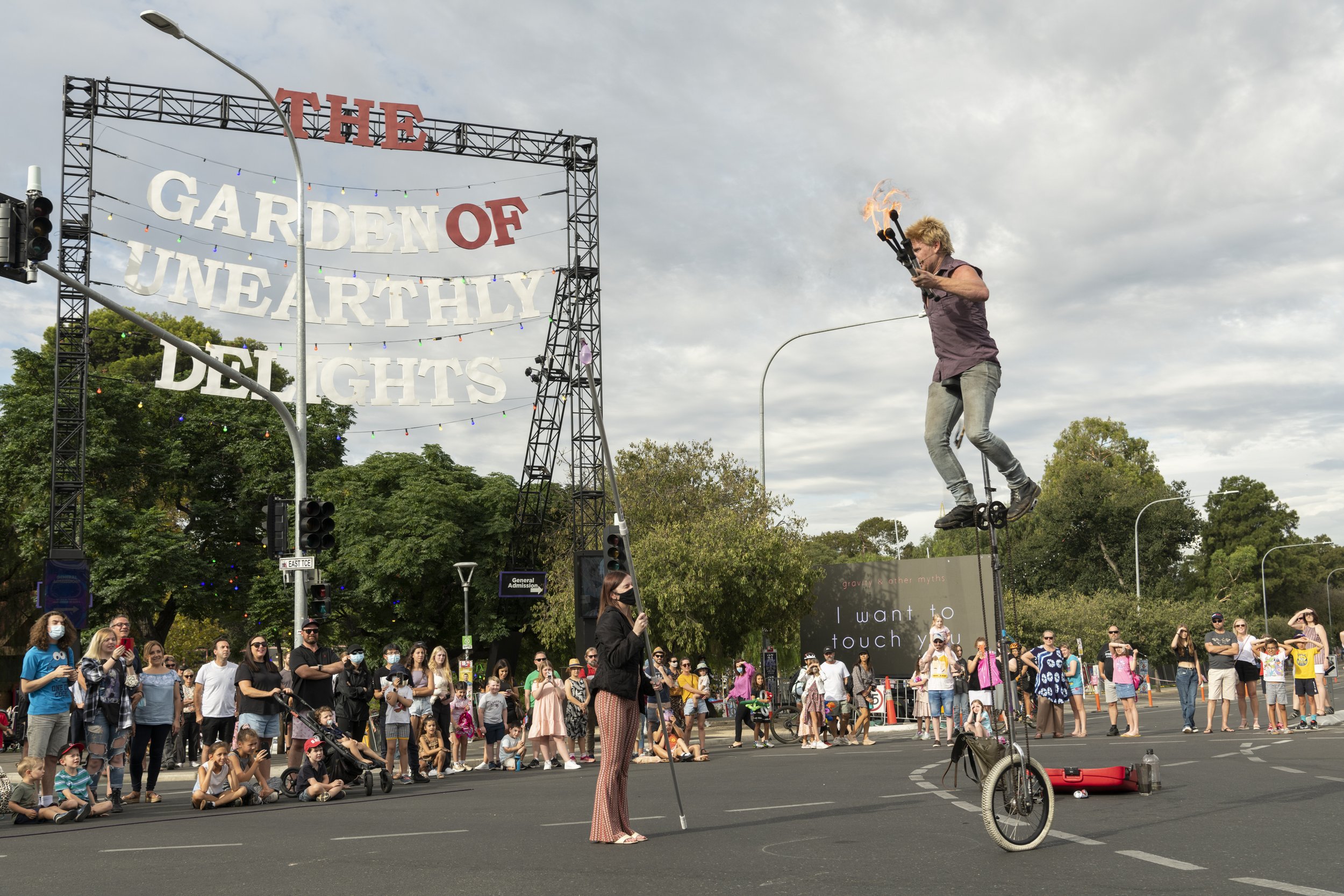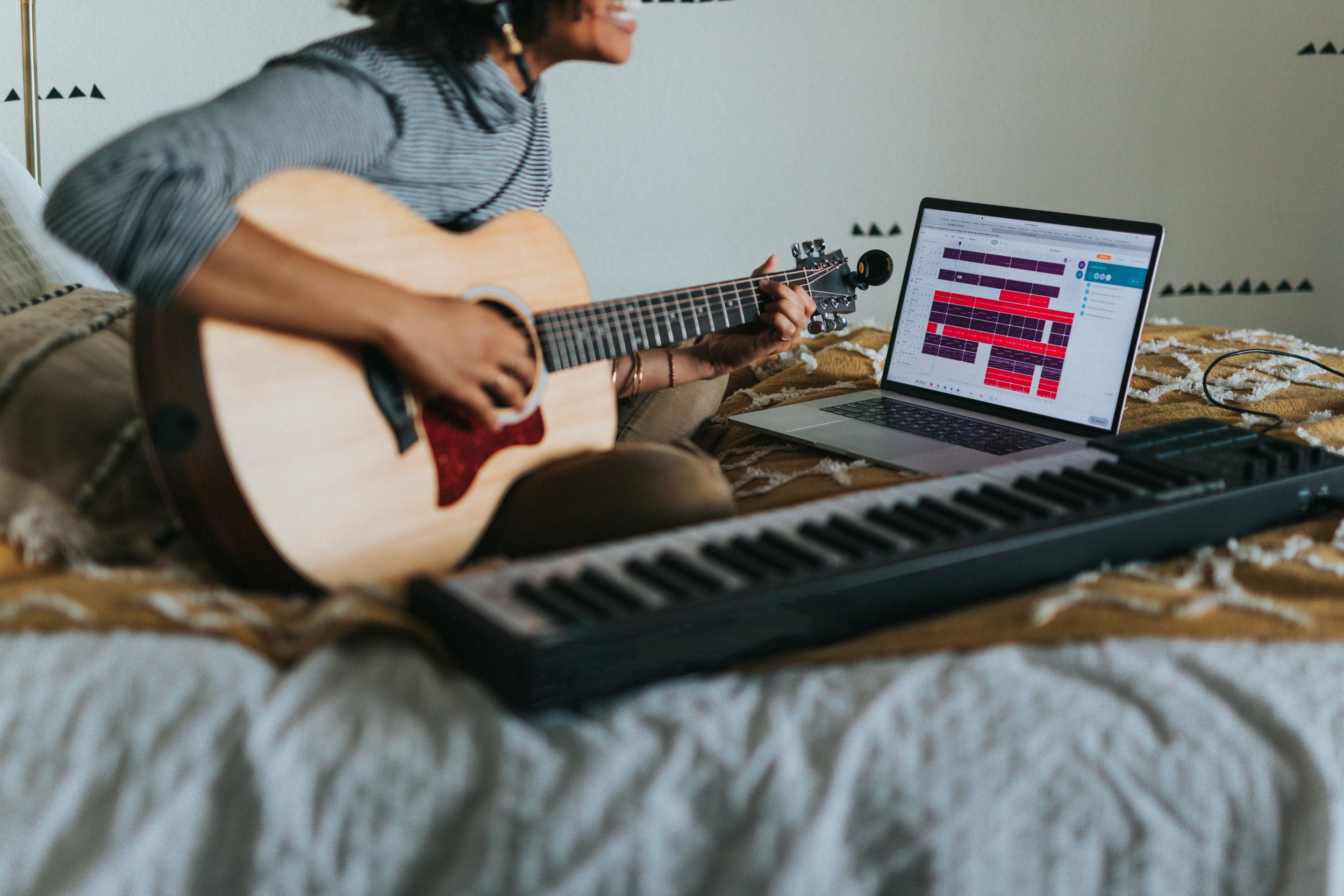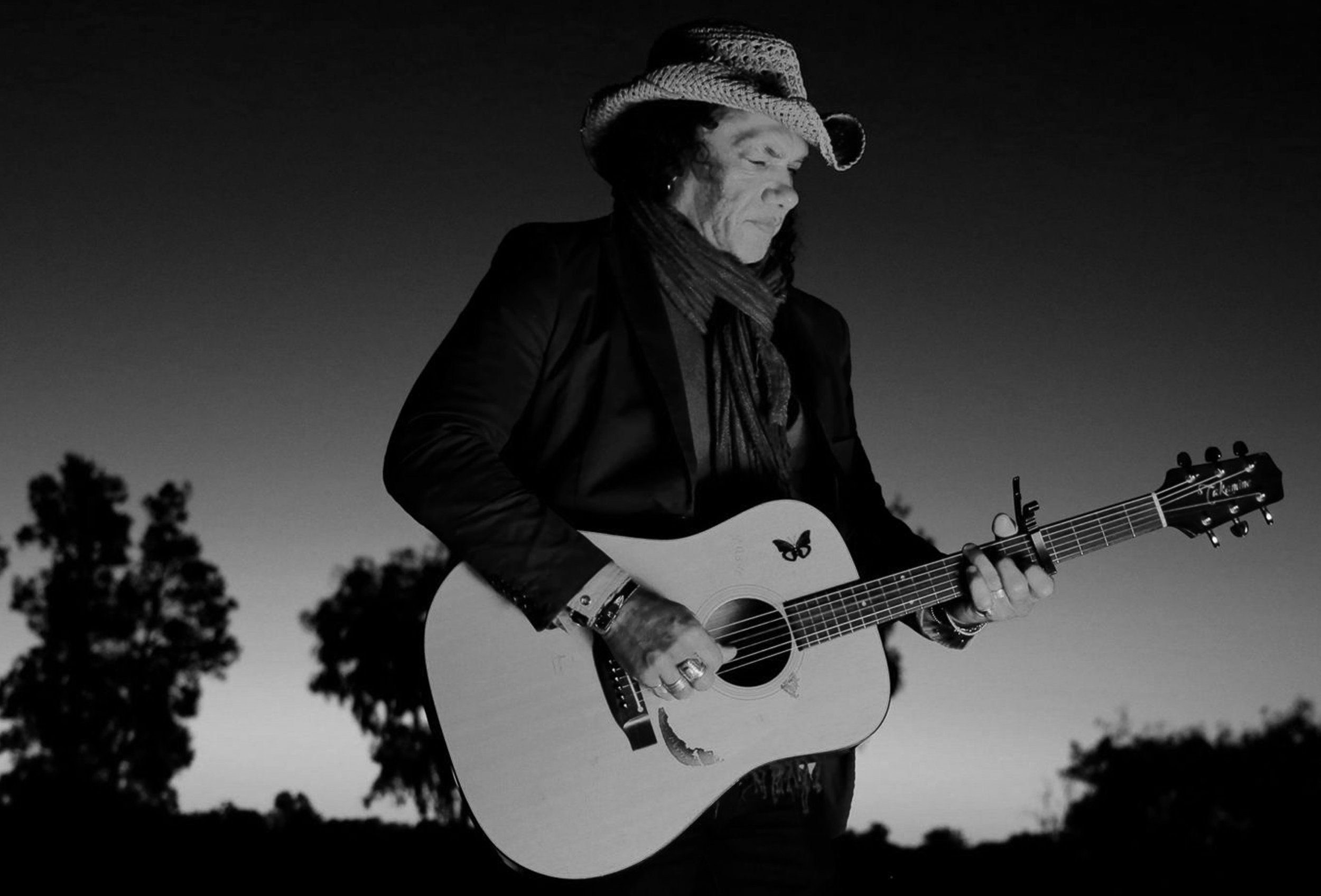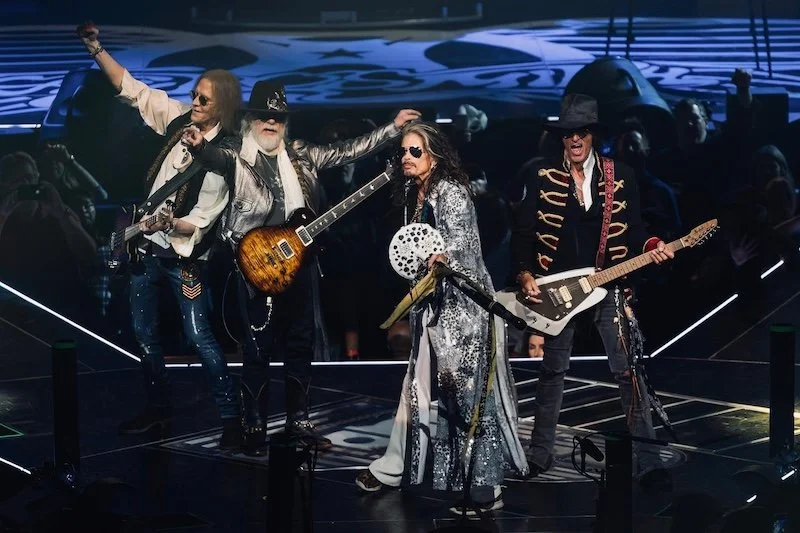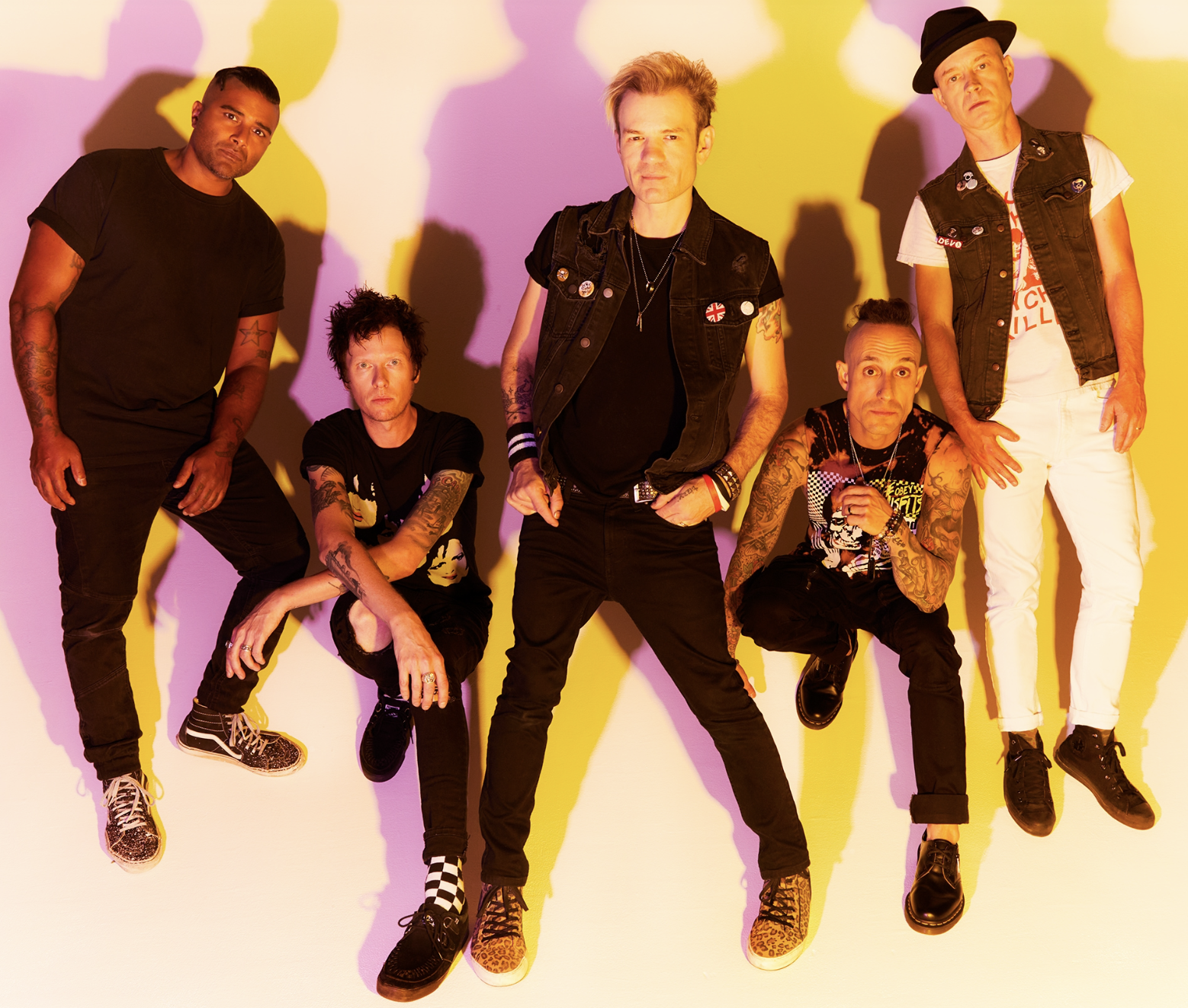Why We All Need Live Music
There’s a certain type of magic that only happens at gigs. When sweaty bodies bump up against each other, when punters sing in-time but slightly off-pitch, when mates happily sling their arms around each other – that’s when something very special happens.
It’s when a venue becomes a sacred space.
Can you imagine a world without live music? No, you can’t. That’s because that void has never existed. Music, it’s believed, dates back to the Palaeolithic period (you know, the Stone Age), documented as a meaningful form of communication in some of the planet’s earliest cultures. It’s weird to stop and think about the importance of something so heavily ingrained in our lives. But when’s the last time you considered why it holds so much significance? Do we need live music?
You already know the answer…
THE FACTS
Last year, we began to see the long-term impacts of COVID-19 on the music industry. We’re not here to paint a grim picture of the scene. But it’s important to understand the nuts and bolts of the situation.
The pandemic impacted the industry in 2020 and during a large part of 2021. Lockdowns, capacity controls and rules around drinking, standing and dancing (remember seated gigs?) saw more than 32,000 gigs cancelled nationwide by August 2021, resulting in a $1.4 billion economic loss.
However, when restrictions eased in the following two years, the longstanding effects manifested. Production and touring costs spiked by 40 per cent to keep up with the 5.4 per cent rise on inflation (as of September 2023). The average ticket price sky-rocketed by 53 per cent to help cover the hike in fees associated with gigs. We were flooded with live events and the scene became saturated with major international tours, new and returning festivals, grassroot shows and warehouse parties.
From afar, the scene looked like it was pumping. But people were (and still are) feeling the pinch from the cost-of-living crisis. We had to be smart with our money and budget how many gigs – big-ticketed or local – we could afford. We began to prioritise major artist tours – think Taylor Swift, Kendrick Lamar and Harry Styles – because we didn’t know when they’d be back in Australia, regardless of our love for the homegrown scene.
These factors created the perfect storm and we saw venue and gig attendance drop locally. Last year, venues like Jive, Grace Emily Hotel, Ancient World and The Wheaty raised the alarm on how they were struggling to keep doors open. Nationally, we lost 1300 grassroot venues – the places where emerging artists cut their teeth. In the beginning months of 2024, festivals like Groovin The Moo, Vintage Vibes and Coastal Jams announced they were postponing or cancelling their events, citing the economic climate, low ticket sales and cost-of-living pressures as reasons why. Youth broadcaster triple j turned their attention to how our developing musos felt, too, and found an alarming 48 per cent had considered leaving the industry; 83 per cent worked two or more jobs to keep paying the bills.
But it’s not all doom and gloom. The same triple j survey found 62 per cent of Australian artists still feel optimistic about their career. We’re making more noise than ever about the importance of grassroot venues and governments are listening. Why? Because it counts, not least as more than 41,000 people are employed via the live music sector that’s estimated to be worth $2.7 billion.
HAPPY EARS, HEALTHY HEADSPACE
Concerts are like consuming fruit and vegetables, drinking two litres of water a day and getting roughly eight hours of sleep – only they’re a lot more fun. Consider this…
A 2018 study by UK behavioural scientist Patrick Fagan, produced in collaboration with wireless communication company O2, found that fortnightly gig attendance can boost life expectancy by almost ten years.
Improved self-worth and closeness to others were key markers that increased by 25 per cent from just 20 minutes of being in a crowd, listening to live music – more than yoga or walking the dog.
In 2022, The Guardian highlighted a review of 26 studies conducted in Australia, the UK and the US that found music “may provide a clinically significant boost to mental health.”
Your gig antics – singing, dancing and hanging out with mates – are directly linked to the release of moodboosting endorphins and feel-good chemicals like dopamine and oxytocin.
A world-first study by the University of Sydney found that people who enjoyed a good ol’ fashion boogie on the dancefloor were 46 per cent less likely to die from cardiovascular disease – the leading cause of death in Australia.
IT FEELS GOOD TO BELONG
There’s also science behind the euphoric energy you get when singing in chorus with the crowd. It’s coined ‘collective effervescence’, a term developed by French sociologist Émile Durkheim that music psychologists use to explain the intrinsic butterflies-in-stomach, giddy feeling you get when shouting lyrics in sync with fellow gig rats. You feel part of something bigger than yourself: a movement, a fandom, a community. No wonder you’re grinning ear to ear by the time the encore plays.
Walk past the Crown and Anchor on any given day and you’ll see firsthand South Australia’s music community. Punters clinking pints of Coopers Pale Ale, chatting excitedly pre-gig or de-briefing post-show about what they just witnessed. There’s no need to pre-plan your outing to venues like this either – you know it’s where you’ll find your people.
On discussing the ‘magic of live music’, music theorist Mariusz Kozak puts a finer point on it: he labelled gigs ‘the great synchroniser’ – a way of “being together in time” – in a 2021 article published in The Conversation.
“Our mutual tuning-in toward one another actually generates bodily rhythms that make us feel good and gives us a greater sense of belonging,” he explains. “Because of the pleasurable effect of being synchronised with people around you, the emotional satisfaction you get from listening or watching online is fundamentally different from going to a live performance. At a concert, you can see and feel other bodies around you. The music shapes this mass of humanity, giving it structure.”
Perhaps that’s why we saw such a cult-like sisterhood form around Taylor Swift’s live shows. But it’s also happening here in our grassroots scene. Thousands turned up to live events like New Found Sound in Port Adelaide and Port Noarlunga’s Nice Day To Go To The Club. Why? Because it feels good to belong and experience something in unison.
Community is a powerful thing, too. We saw that firsthand during the devastating black summer bushfires that saw almost half of Kangaroo Island burn. In 2020, homegrown heroes Bad//Dreems banded together with RCC, Karma and Crow and General Admission Entertainment to host ‘Fire Aid’, a fundraiser featuring Pond, Children Collide, West Thebarton and Horror My Friend.
Months later, when the pandemic put a pause on live concerts, Josh Morphett helped keep the music community together through his initiative, Space Jams – a ten-hour live-streamed festival that billed 25 local artists. And when restrictions eased, Space Jams was one of the leaders in helping bring people back to live venues through its soldout series of seated mini festivals at venues like Jive.
So, hell yes, we need live music and live music needs us.
You know what to do…
GET MORE OUT OF YOUR GIGS
Music only exists because of grassroots venues and local artists! It’s an ecosystem that needs to be protected. But not only that, the experience of going to gigs is magical, unifying and actually good for you. We put our brains together to devise some handy tips on how to save coin, increase your show uptake, and have even more fun in the live local scene.
